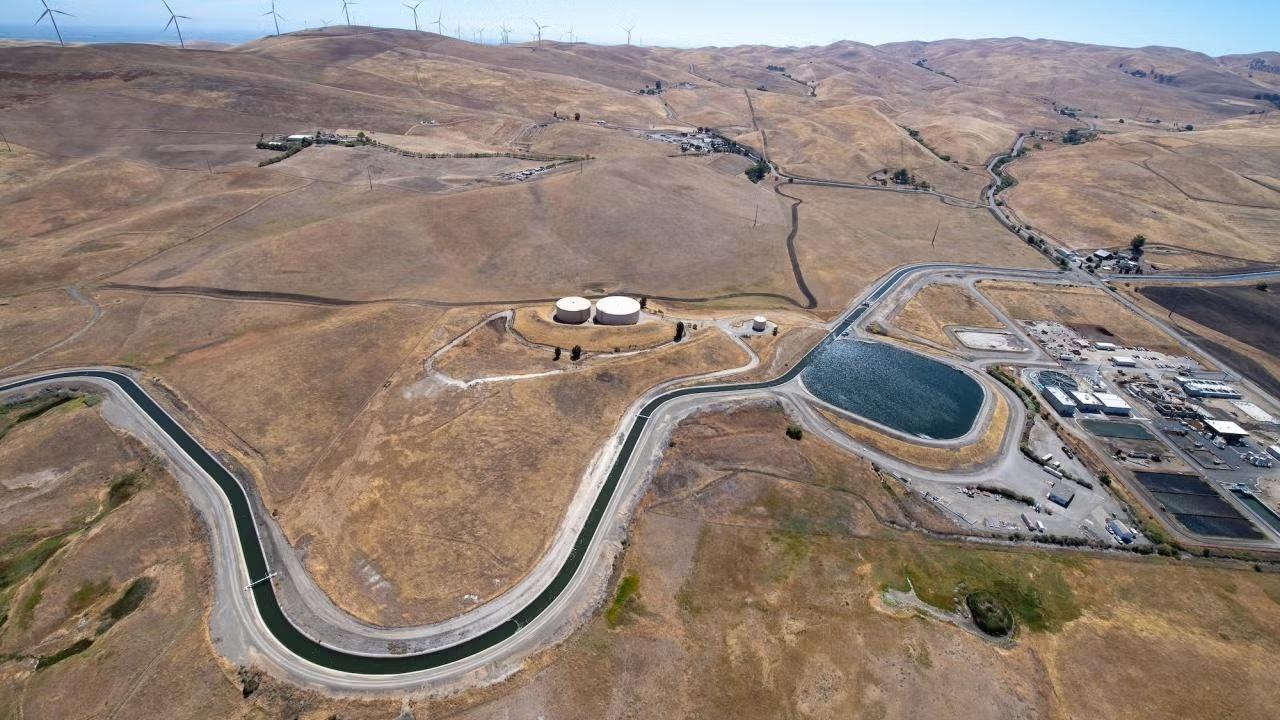
California Surface Water Costs Triple During Drought
Study Shows Need for Joint Groundwater and Surface Water Management
California often swings between climate extremes — from powerful storms to punishing droughts. As climate change drives more intense and frequent dry and wet cycles, pressure on California’s water supplies grows.
A new University of California, Davis, economic study finds that drought in California pushes the price of water from rivers, lakes and reservoirs up by $487 per acre-foot, more than triple the cost during an average wet year. The research appears in Nature Sustainability.
Groundwater prices stable
“The extreme volatility in prices surprised me,” said lead author Madeline Turland, a former graduate student in the UC Davis Agricultural and Resource Economics Department and now an assistant professor of resource economics at the University of Alberta. “During dry years we have really high surface water prices and during wet years we have really low water prices, but we found that groundwater seems to have stable prices over time, despite precipitation swings.”
California groundwater basins can store eight to 12 times more water than all the state’s reservoirs combined yet are not widely used to store surplus surface water. The study suggests that managing groundwater and surface water together could keep water prices steady and support the state’s economy.
“This study shows why coordinating both sources matters — it can lower costs now and help communities and farmers better weather future climate swings,” Turland said.
Surface water prices volatile
Researchers looked at water transaction data from 2010 to 2022, which spanned both drought and deluge in California. During that time, surface water prices varied with precipitation, while groundwater prices remained stable.
The study also found that more water storage could help protect California from climate-driven price swings. But researchers said building new reservoirs, raising dams and removing sediment from existing reservoirs also come with high fiscal, environmental and social costs and may bring only marginal or temporary increases in storage capacity.
Legal and policy challenges
Turland noted that California’s system of water rights makes joint management challenging. Surface water is allocated based on seniority of water rights. Except for adjudicated groundwater basins, where courts assign rights in response to legal disputes, there are no formal rights to groundwater.
That could change as groundwater agencies comply with California’s Sustainable Groundwater Management Act, which requires that groundwater basins reach sustainability targets by 2040. Courts could play a major role in many of those plans, Turland said.
Other authors of the study include Colin A. Carter, Bulat Gafarov, Jens Hilscher and Katrina Jessoe with UC Davis. The study was supported by the United States Department of Agriculture National Institute of Food and Agriculture and the Giannini Foundation of Agricultural Economics.
Media Resources
- Madeline Turland, University of Alberta, turland@ualberta.ca
- Amy Quinton, UC Davis News and Media Relations, amquinton@ucdavis.edu, 530-601-8077